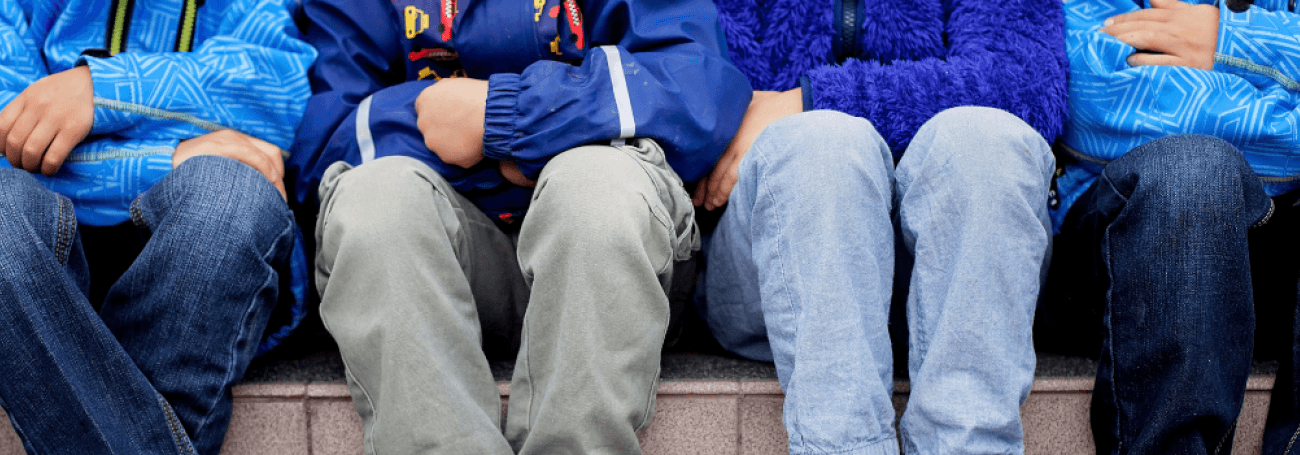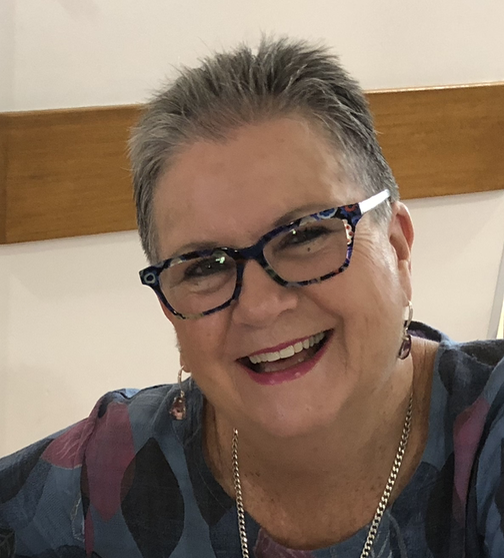Burnett, N. and Thorsborne, M. (2015). Restorative practice and special needs: a practical guide to working restoratively with young people. London: Jessica Kingsley.
Cameron, L. and Thorsborne, M. (2001). Restorative justice and school discipline: mutually exclusive? In: H. Strang and J. Braithwaite (eds.) Restorative justice and civil society, pp. 180–194. Cambridge: Cambridge University Press.
Greene, R.W. (2016). Lost and found: helping behaviorally challenging students (and, while you’re at it, all the others). San Francisco, CA: Jossey-Bass.
Holland, B. (2012). Inclusive restorative justice: an investigation and exploration. London: Winston Churchill Memorial Trust.
Jacobson, R. (2015). Case study 5. In: N. Burnett and M. Thorsborne (eds.) Restorative practice and special needs: a practical guide to working restoratively with young people, pp. 114–116. London: Jessica Kingsley.
Langley, J. (2016). Early years restorative practices: visual script. Northampton: Small World — Big Imaginations Ltd.
Skiba, R.J. and Rausch, M.K. (2006). Zero tolerance, suspension, and expulsion: questions of equity and effectiveness. In: C.M. Evertson and C.S. Weinstein (eds.) Handbook of classroom management: research, practice, and contemporary issues, pp. 1063–1089. Mahwah, NJ: Lawrence Erlbaum Associates.
Ziesling-Clarke, S. (2015). Case study 1. In: N. Burnett and M. Thorsborne (eds.) Restorative practice and special needs: a practical guide to working restoratively with young people, pp. 101–104. London: Jessica Kingsley.




